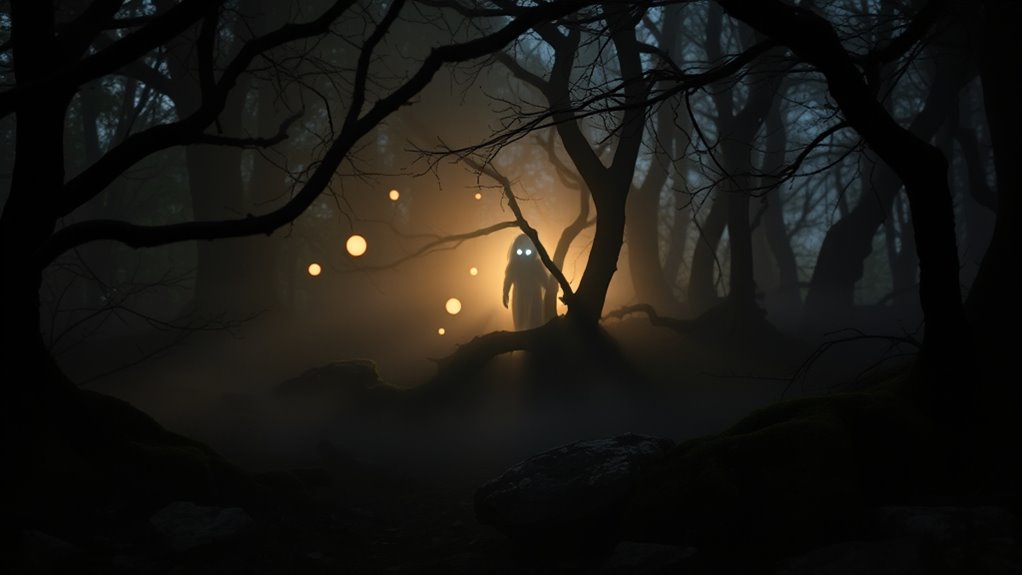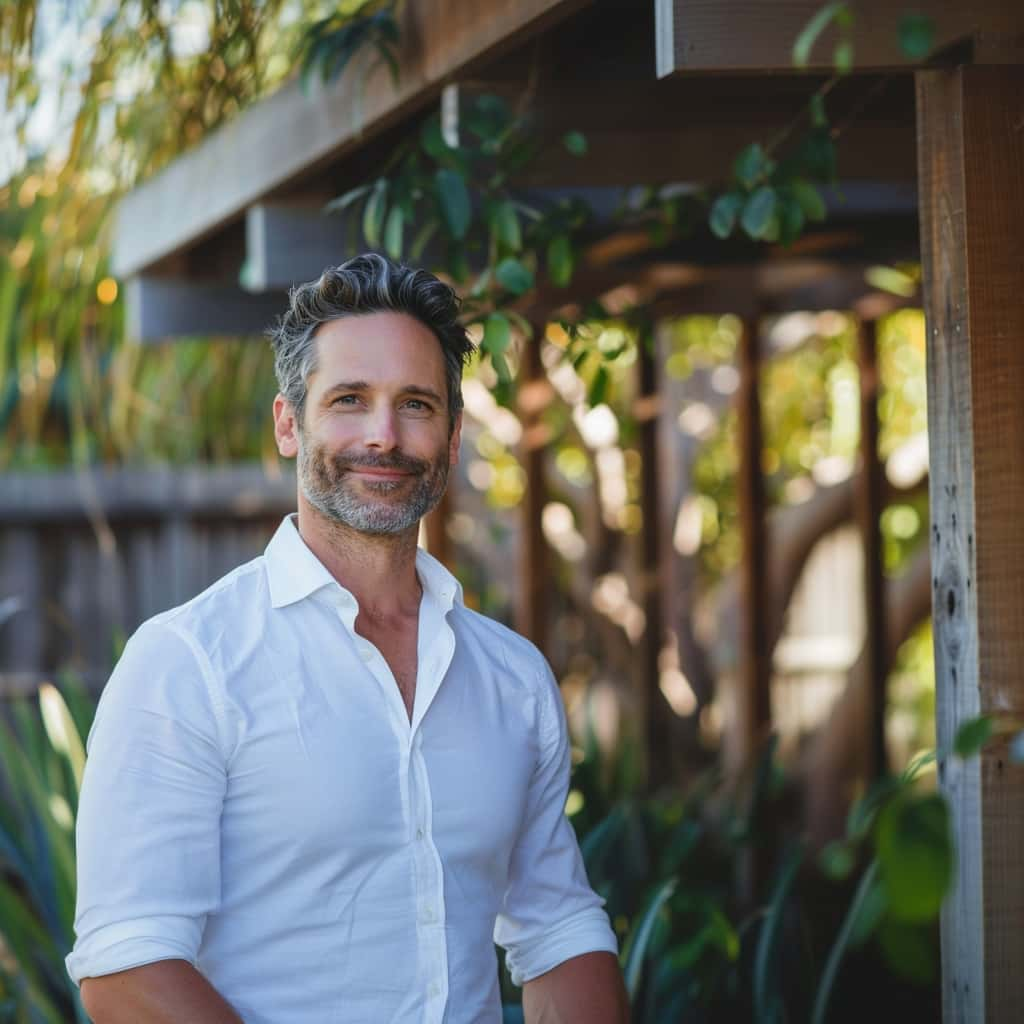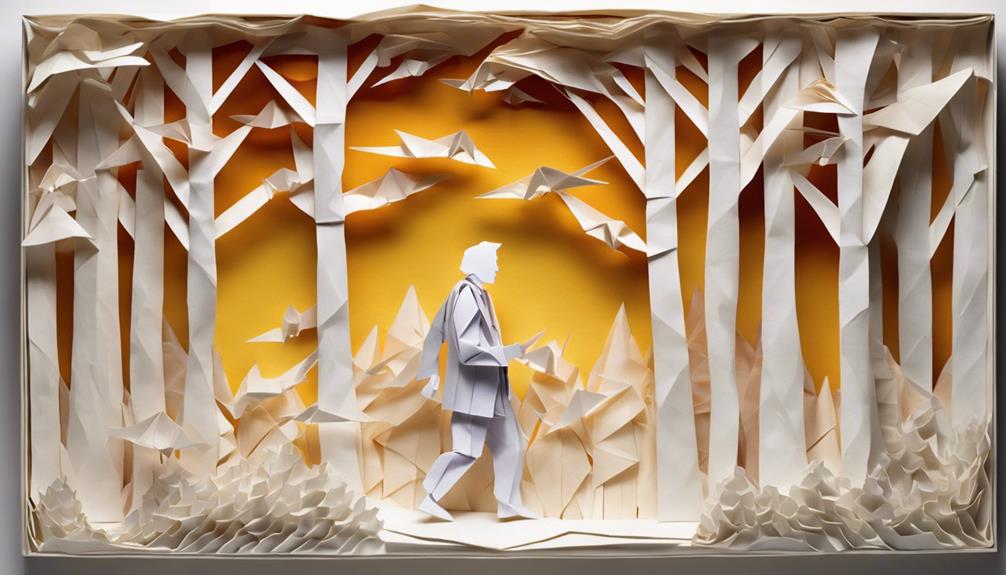When you explore the paranormal with an open and discerning mind, you acknowledge that cultural influences, psychological biases, and scientific investigations all shape your perceptions. Recognizing these factors helps you differentiate genuine mysteries from illusions or myths. By approaching phenomena like ghosts, UFOs, or psychic events critically, you can enjoy curiosity without falling for sensational stories. Staying thoughtful and balanced enhances your understanding, and as you explore further, you’ll uncover even more intriguing insights.
Key Takeaways
- Approach paranormal phenomena with curiosity while maintaining critical thinking to differentiate genuine mysteries from psychological biases.
- Recognize cultural influences and personal experiences that shape beliefs and interpretations of unexplained events.
- Use scientific tools and systematic investigation to objectively analyze paranormal claims and gather credible evidence.
- Understand psychological factors like cognitive biases that often underlie paranormal encounters and perceptions.
- Balance open-minded exploration with skepticism to foster meaningful understanding of unexplained phenomena.
Understanding the Roots of Paranormal Beliefs
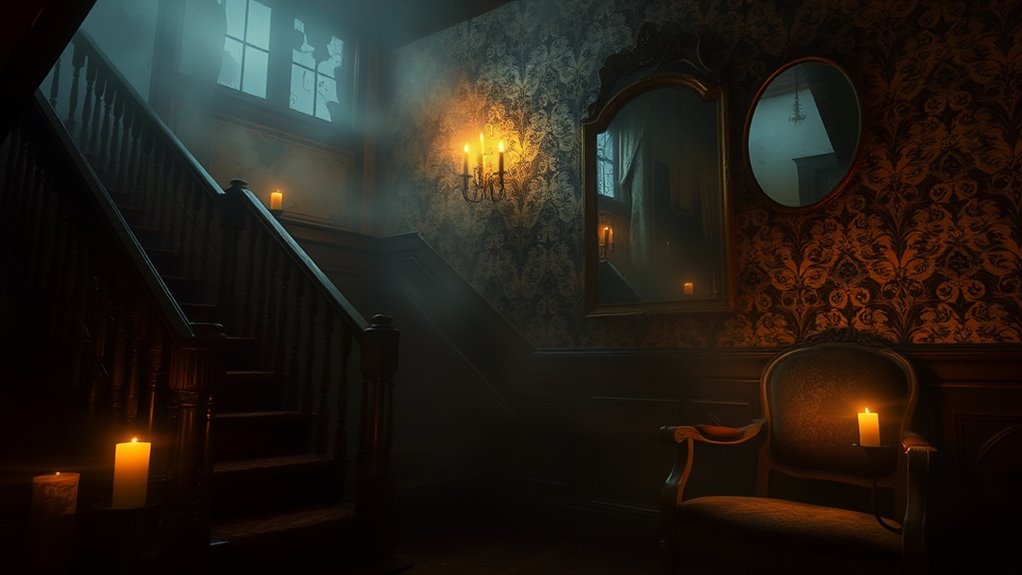
Many paranormal beliefs stem from a desire to make sense of the unknown. When you encounter strange sights, sounds, or feelings, it’s natural to seek explanations beyond everyday understanding. Humans have a tendency to fill gaps in knowledge with stories or ideas that seem plausible. Cultural influences shape what you believe, often reinforcing ideas of spirits, ghosts, or supernatural forces. Personal experiences, especially traumatic or emotional ones, can also lead you to interpret events as paranormal. Fear of death and the afterlife fuels many beliefs, giving comfort or meaning to life’s mysteries. Essentially, these beliefs serve as a way for you to find order and purpose amid uncertainty, reflecting deep-seated needs for connection and understanding. Additionally, the role of cultural influences significantly impacts how individuals interpret unexplained phenomena, often shaping the narratives that surround paranormal experiences. Recognizing these influences can help you approach such phenomena with a more discerning mindset, promoting a balanced perspective. Understanding the psychological factors involved in paranormal beliefs can also aid in distinguishing between subjective experiences and objective phenomena. Moreover, scientific explanations such as cognitive biases and perceptual errors frequently underlie many supposed paranormal encounters, encouraging a more critical view. Awareness of confirmation bias can further clarify why individuals may interpret ambiguous events as paranormal, reinforcing their existing beliefs.
Common Types of Unexplained Phenomena
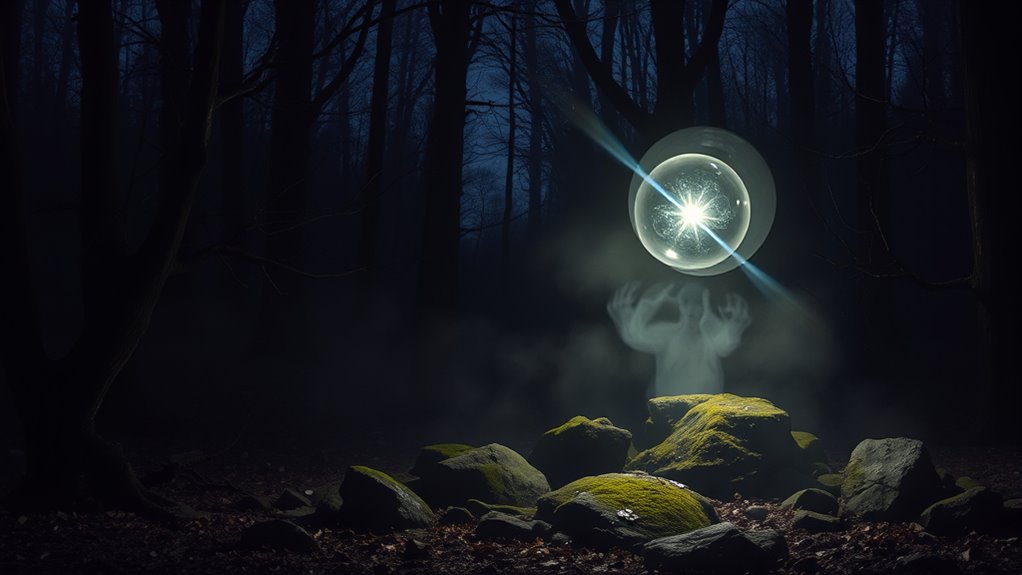
You’ve probably heard stories of apparitions and ghosts appearing unexpectedly, or seen reports of mysterious lights in the sky. Unexplained sightings of UFOs continue to puzzle investigators and enthusiasts alike. Psychic phenomena, like telepathy or precognition, challenge our understanding of the mind’s capabilities and remain unexplained. Additionally, some phenomena may involve paranormal investigation techniques, which aim to uncover the truth behind these mysteries. Since some of these phenomena are linked to prophetic dreams, they often carry personal and spiritual significance for those who experience them. Understanding the performance metrics of various investigative tools can aid in assessing their effectiveness in capturing evidence. Moreover, research into retail hours can provide insights into operational efficiencies and customer accessibility, indirectly supporting the development of better investigative methods. It is also important to consider how scientific analysis is applied to differentiate between genuine phenomena and hoaxes or natural explanations.
Apparitions and Ghosts
Apparitions and ghosts are among the most intriguing and widely reported types of unexplained phenomena, capturing both curiosity and skepticism. You might see fleeting figures in your peripheral vision, hear unexplained footsteps, or notice cold spots in a room. Many believe these are spirits of the deceased trying to communicate or linger due to unfinished business. Others argue these sightings are hallucinations, illusions, or psychological effects. Despite the debate, countless accounts detail encounters that defy logical explanation. Some apparitions appear as translucent figures, while others are full-bodied and vivid. Utilizing vertical storage solutions can help create a more organized space, reducing clutter that might contribute to feelings of unease or distraction. Additionally, understanding unexplained phenomena involves examining both cultural interpretations and psychological factors that influence perception. These phenomena are often influenced by cultural beliefs, which shape how individuals interpret their experiences. Whether you see them as spiritual remnants or psychological phenomena, these encounters continue to fascinate and mystify. Exploring them with an open, discerning mind allows you to appreciate their complexity without jumping to conclusions.
Unidentified Flying Objects (UFOs)
Have you ever looked up and wondered about the strange lights or objects that seem to defy conventional explanation in the night sky? These are what we call Unidentified Flying Objects, or UFOs. They often appear as flashing lights, disc-shaped craft, or fast-moving objects that don’t match any known aircraft or natural phenomena. Some sightings are brief flashes, while others linger longer, sometimes changing direction or altitude unexpectedly. While many UFOs turn out to have rational explanations, a significant number remain unexplained after investigation. These sightings spark curiosity and skepticism alike. No matter your stance, UFOs challenge our understanding of the sky and invite us to contemplate that there’s still much we don’t know about what’s out there. Evaluating the insurer’s financial stability and ratings can also serve as a metaphor for assessing the credibility of unexplained phenomena reports.
Psychic Phenomena
Just as some UFO sightings remain unexplained after investigation, many people report encounters with phenomena that defy scientific explanation—these are known as psychic phenomena. You might experience telepathy, where thoughts seem to transfer between minds without spoken words. Clairvoyance, or “seeing” events or objects beyond your normal perception, also falls into this category. Precognition involves sensing future events before they happen, while psychokinesis allows you to influence physical objects with your mind. These phenomena often occur unexpectedly and are difficult to verify scientifically, but countless individuals claim personal experiences that challenge conventional understanding. Sound design techniques can be used to create immersive audio effects that evoke these mysterious experiences in media, enhancing the storytelling and emotional impact. Whether these phenomena are genuine or influenced by perception and belief, they continue to intrigue and inspire curiosity about the unexplained powers of the mind. Additionally, psychological biases can sometimes influence how we interpret these unusual encounters, making it essential to approach such phenomena with both an open and discerning mind. Advances in AI in Education demonstrate how technology can adapt to individual perceptions and learning styles, much like how we interpret unexplained phenomena. Moreover, understanding AI security concepts can help us develop better methods for analyzing and verifying extraordinary claims, encouraging a more critical perspective. Recognizing the exfoliating benefits of certain techniques can also shed light on how our perceptions are shaped by sensory experiences, whether in scientific exploration or personal encounters.
Methods for Investigating the Paranormal

When investigating the paranormal, you rely on various equipment and tools to gather evidence. You’ll also need to observe carefully and document your findings accurately. Finally, analyzing and interpreting the data helps you determine whether what you observed is truly unexplained.
Equipment and Tools
Investigating paranormal phenomena often relies on specialized equipment designed to detect unseen energies and disturbances. You might use EMF meters to identify electromagnetic fluctuations that could indicate paranormal activity. Digital voice recorders help capture EVP (Electronic Voice Phenomena), allowing you to analyze sounds not audible to the human ear. Infrared and thermal cameras reveal temperature changes or anomalies that might signal a spirit’s presence. Spirit boxes scan radio frequencies, providing a rapid way to communicate with spirits through fragmented sounds. You may also employ motion detectors or laser grids to spot unexplained movements. Each tool serves a specific purpose, helping you gather objective data while maintaining an open mind. Proper use and interpretation of this equipment enhance your ability to document and understand paranormal events. Incorporating essential oils known for their calming and antimicrobial properties may help create a relaxed environment conducive to investigation and focus. Additionally, understanding the types and benefits of paint sprayers can be useful when preparing a space for investigation, ensuring the environment is well-maintained and free of clutter.
Observation and Documentation
Using equipment effectively is only part of uncovering paranormal activity; careful observation and thorough documentation are equally important. As you investigate, stay alert to subtle changes in your environment—strange sounds, unexplained movements, or shifts in temperature. Take detailed notes of what you observe, including time, location, and environmental conditions. Use a camera or voice recorder to capture potential anomalies, but remember that human perception is key. Document everything consistently; even minor details could be significant later. Avoid jumping to conclusions and instead record your observations objectively. Clear, precise documentation helps you track patterns and provides a solid foundation for analysis. Ultimately, your careful observation and meticulous record-keeping enhance the credibility and clarity of your investigation.
Analyzing and Interpreting
Analyzing and interpreting paranormal data requires a systematic approach to distinguish genuine phenomena from natural or environmental factors. You should carefully review your documentation, looking for patterns or inconsistencies that might suggest alternative explanations. Cross-reference your findings with environmental conditions like electromagnetic interference, temperature fluctuations, or structural issues that could cause strange sensations or sounds. Use logical reasoning to evaluate whether the phenomena align with known scientific principles or if they suggest something beyond ordinary explanations. Avoid jumping to conclusions; instead, gather multiple pieces of evidence to support your interpretation. Maintaining a critical but open-minded perspective helps ensure your conclusions are balanced and credible. This disciplined approach helps you differentiate authentic paranormal activity from false positives or natural causes.
The Role of Skepticism and Critical Thinking
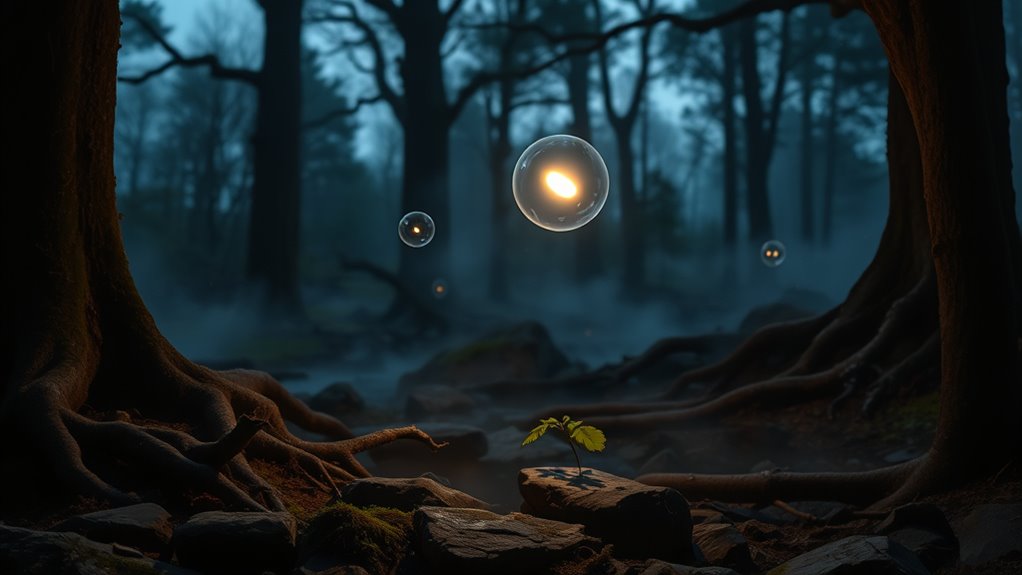
Skepticism and critical thinking are essential tools when exploring paranormal phenomena because they help you distinguish between genuine mysteries and misleading claims. By questioning sources and examining evidence carefully, you prevent yourself from accepting false or exaggerated stories. Approach each claim with an open mind, but also with a healthy dose of doubt, asking what evidence supports it. Look for logical inconsistencies or lack of verifiable data that might suggest deception or misinterpretation. Critical thinking encourages you to consider alternative explanations and avoid jumping to conclusions based on emotion or sensationalism. Developing this mindset ensures you stay objective, making your exploration of the paranormal more grounded, rational, and ultimately more meaningful. It’s about balancing curiosity with rational scrutiny.
Famous Cases and Their Impact on Popular Culture
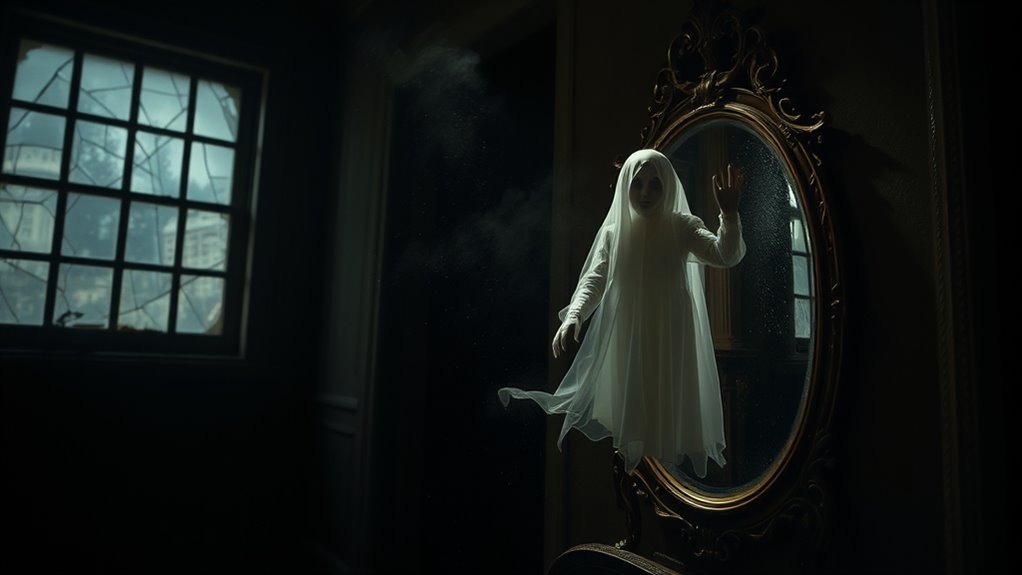
Famous paranormal cases have captivated the public imagination and considerably shaped popular culture. When you hear about the Amityville Horror or the Enfield Poltergeist, you’re reminded of how these stories spark curiosity and skepticism alike. These events inspire movies, books, TV shows, and podcasts, embedding themselves into the cultural fabric. They influence how society perceives the supernatural, often blurring the line between fact and fiction. As a result, they create a shared mythology that fuels ongoing debates about the existence of ghosts, spirits, and other phenomena. These cases also shape the way media portrays paranormal activity, encouraging both entertainment and investigation. Ultimately, they keep the conversation alive, inviting everyone to explore the mysteries that lie just beyond the visible world.
Embracing Curiosity While Respecting the Unknown
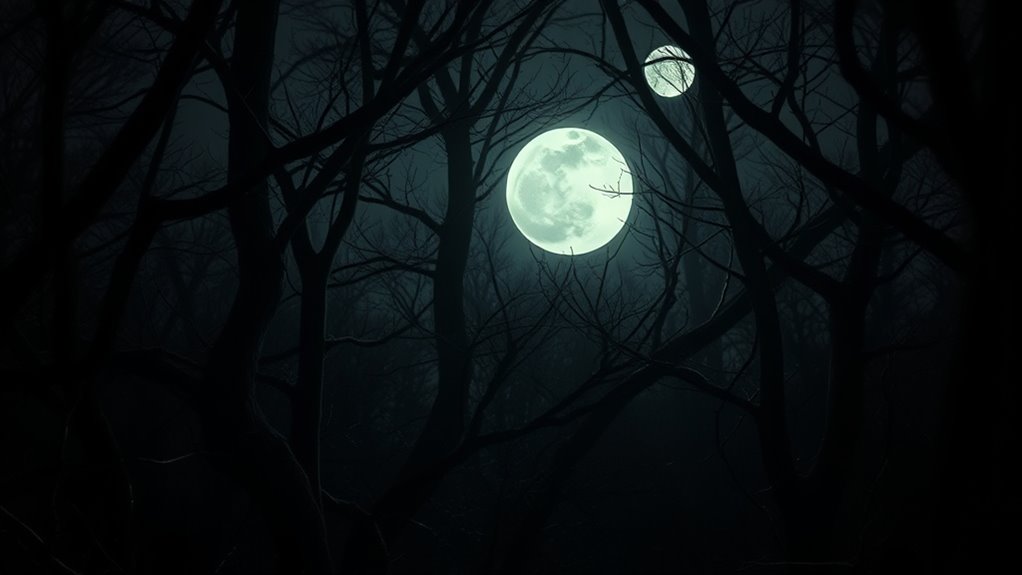
Have you ever wondered how to explore the mysteries of the paranormal without crossing the line into disrespect? It starts with genuine curiosity paired with humility. Approach each encounter or story with an open mind, but remember that some phenomena remain beyond our understanding. Respect the experiences of others, even if they challenge your beliefs. Avoid sensationalism or dismissiveness, which can undermine the integrity of exploration. Instead, ask questions thoughtfully and listen carefully. Recognize that some mysteries may always stay elusive, and that’s okay. By balancing curiosity with respect, you create a space for meaningful discovery without arrogance or intrusion. Embracing this mindset helps you appreciate the unknown as an invitation for growth rather than a puzzle to conquer.
Frequently Asked Questions
Can Paranormal Experiences Be Scientifically Validated?
You wonder if paranormal experiences can be scientifically validated. While some phenomena are studied with rigorous methods, many remain difficult to prove due to their subjective nature. Scientific validation requires replicable evidence, which is often lacking in paranormal claims. However, ongoing research explores these phenomena, aiming to understand them better. Keep an open mind but also a critical eye, recognizing that some experiences may never fully fit within scientific frameworks.
How Do Culture and Geography Influence Paranormal Beliefs?
You might think science has all the answers, but culture and geography play huge roles in shaping your beliefs about the paranormal. Different societies interpret strange phenomena through their unique stories, traditions, and environments. So, what’s considered a ghost in one place might be a spirit or ancestor in another. Your surroundings influence what you believe is real, showing that paranormal ideas are deeply rooted in cultural and regional contexts.
Are There Psychological Explanations for Hauntings?
You might find that psychological explanations often account for hauntings. Your mind can create vivid hallucinations or false memories, especially when you’re stressed, grieving, or anxious. Suggestibility and imagination also play roles, making you more prone to perceiving paranormal activity. Sometimes, your brain interprets natural sounds or environmental factors as supernatural, leading you to believe in hauntings even when science offers logical explanations.
What Are the Ethical Considerations in Paranormal Investigations?
Imagine walking through a dimly lit, creaking house, where your every step echoes with mystery. In paranormal investigations, you must prioritize respecting people’s feelings and privacy, ensuring you don’t cause unnecessary fear or harm. Always obtain consent before exploring private spaces, and approach encounters with sensitivity. Ethical conduct safeguards your integrity, maintains trust, and helps you navigate the unknown responsibly, turning exploration into a respectful quest rather than intrusion.
How Can One Differentiate Between Genuine Phenomena and Hoaxes?
To differentiate genuine phenomena from hoaxes, you should critically analyze evidence and look for consistency across multiple sources. Trust credible witnesses and verify claims through logical investigation. Be cautious of manipulated media or staged events, and seek corroboration from independent experts. Use scientific methods and maintain skepticism without dismissing possibilities. This approach helps you distinguish authentic experiences from deliberate deceptions, fostering a more accurate understanding of the unexplained.
Conclusion
As you explore the world of the paranormal, remember that curiosity fuels discovery, but skepticism keeps you grounded. Keep an open mind, yet question what you encounter—after all, “trust but verify.” By balancing wonder with critical thinking, you can enjoy uncovering mysteries without losing sight of reality. Embrace the unknown with respect and curiosity, knowing that sometimes, the greatest adventures lie just beyond what we comprehend.
